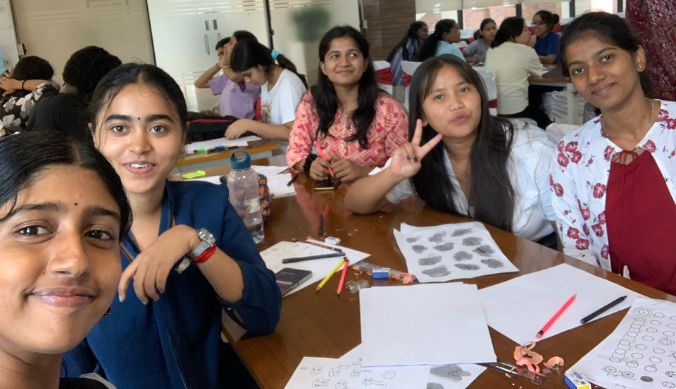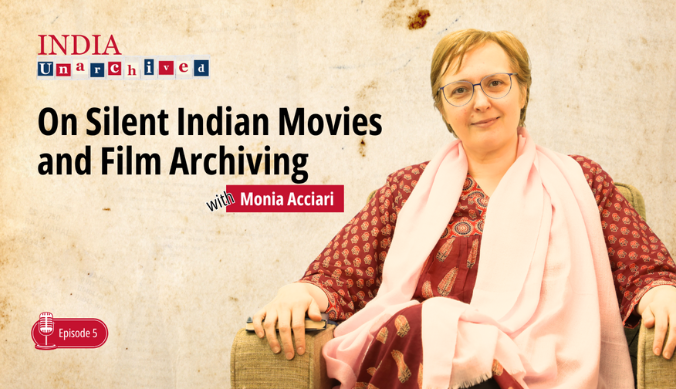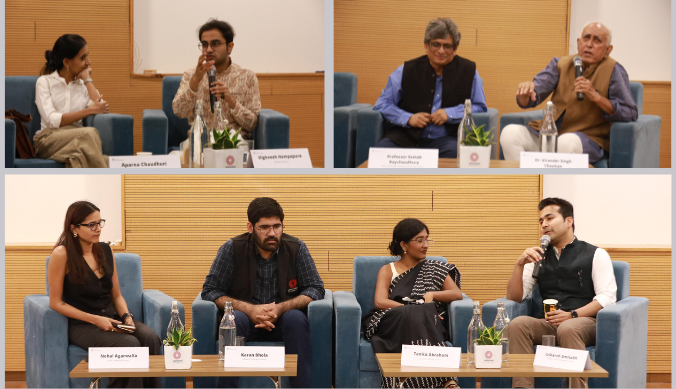Navigating the Skies of Branding: Lessons from Akasa Air Learning Academy
Myrah Sahni reflects on the key branding lessons from the Class Field Trip to Akasa Air Learning Academy, highlighting the importance of emotional connections in marketing today.
On the 7th of September, the students of “In Pursuit of Service Excellence” taught by Aditya Ghosh (Founder, Akasa Air & Ashoka University) visited the Akasa Air Learning Academy in Gurgaon. We started our journey at 10 in the morning and reached the academy by noon. The staff were warm and welcoming, from the watchman at the gate and the receptionist who handed out visitor cards to the bhaiyas serving us lunch and the staff guiding us on the facility tour. Our faculty highlighted how Akasa Air curates a seamless customer experience, emphasizing that the same treatment you receive from the security guard is mirrored by the air hostesses. This consistency ensures a unified brand experience from start to finish. One notable detail was the presence of white tables, used to train air hostess trainees to maintain awareness of their surroundings. This attention to detail reflects how Akasa Air keeps its planes impeccably clean, ensuring high standards for its customers.
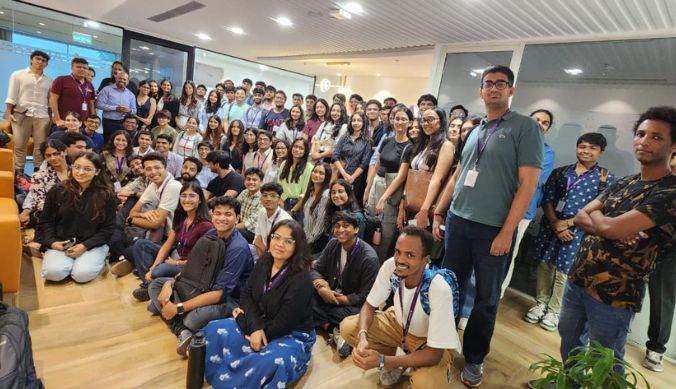
We had the chance to explore various training rooms. One was dedicated solely to teaching trainees about which items are allowed and prohibited on flights. There was also a partial model of an actual Akasa plane, offering an immersive experience of performing duties in the air. Another room, still under construction, was being designed to replicate the exact dimensions of a plane aisle. This space would allow trainees to practice walking down the narrow aisle with trays of food and drinks, preparing them for real-world scenarios. Overall, the academy was well-built and fascinating to explore.
After the tour, we had lunch and then settled in for a three-hour lecture. The class started as it usually does—asking us to recap what we covered in previous sessions. We then moved on to discuss the preparatory questions he had assigned. When thinking about these prompts, Chamberlain Coffee came to mind. I admire the brand’s founder, and purchasing products from her brand makes me feel more connected to her persona. Merchandise serves as a tangible way to maintain that connection with someone you admire. I still use products from the brand because they are functional (like tote bags and sippers) and aesthetically pleasing.
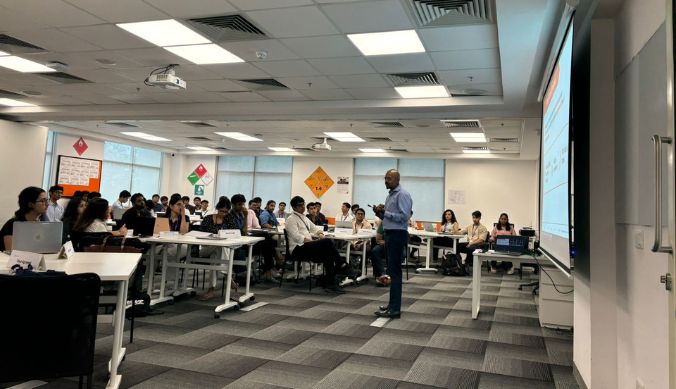
This discussion led into the main topic of the day: What is a brand? Professor Ghosh handed the floor to our guest speaker, Mr. Shouvik Roy, who leads Brand Marketing for G.O.A.T Brand Labs and handles Business Transformation for Monks in India. He asked us what we thought a brand was, and from the responses, it became clear that a brand serves as a bridge between a product and its consumers, setting one provider apart in a crowded market. A brand communicates its promise, telling consumers what it stands for and what they can expect. Beyond just a name or logo, a brand encapsulates its value proposition, fostering trust and loyalty while shaping emotional connections that influence buying decisions. A strong brand consistently reinforces its promise with every interaction.
One of the most interesting parts of the lecture was when Mr. Roy showed us an infographic of a cattle branded with a mark, explaining that this was the first recorded instance of branding. I also learned that Colgate, established in 1873, was the first commercial brand. We then discussed the three phases of a brand. Initially, a brand’s purpose is to assure consistent quality, establishing itself as a “trust mark.” In the second phase, the brand evolves into a unique selling point (USP) with its own personality, forming deeper relationships with consumers. Over time, a brand becomes a repository of shared meanings and beliefs, representing more than just a product—it becomes an expression of values that deliver meaningful experiences.
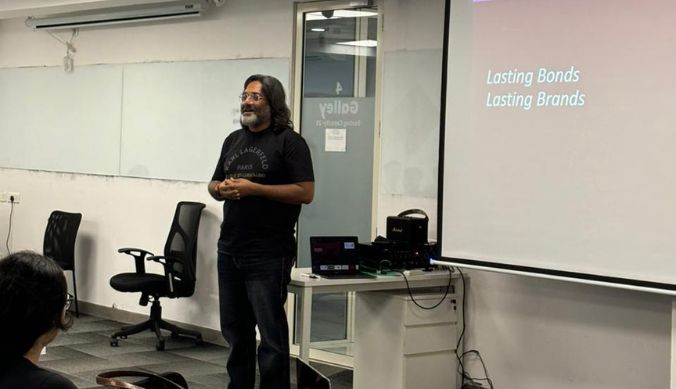
Another fascinating concept was PATH—Promise, Acceptance, Trust, and Hope. This framework explains how brands build lasting relationships with consumers. It starts with a clear promise, setting expectations for quality and values. This is followed by acceptance, where consumers recognize and embrace the brand’s message. As the brand consistently delivers on its promise, it earns trust, securing customer loyalty. Eventually, the brand instills hope, transforming the relationship from transactional to emotional, where consumers believe in the brand’s vision and long-term impact.
My favorite part of the class was the discussion on cult branding. It was intriguing to learn how the fine line between a popular brand and a cult brand is drawn. When emotion, rather than logic, drives purchasing decisions, a brand can transform into a cult brand, fostering loyalty that goes beyond product functionality. In contrast, low-risk products, driven more by practicality than emotion, are easily replaceable because they lack that deep emotional attachment.
Lastly, we discussed the brand value ladder, using the example of Mercedes and BMW. While both are high-quality German-made cars, Mercedes is perceived as the car you want to be driven in, whereas BMW is the car you want to drive. This distinction in brand identity highlights how the same attributes can be positioned differently to create unique experiences.
Overall, the class was incredibly insightful, offering a deep dive into the nuances of branding and its emotional impact on consumers. The visit to Akasa Air Learning Academy not only gave me practical exposure to how brands operate but also provided a memorable learning experience that brought theoretical concepts to life. I left feeling more connected to the world of brand marketing, equipped with new perspectives to apply in future discussions and real-world scenarios.
Author: Myrah Sahni (myrah.sahni_ug2023@ashoka.edu.in)
Study at Ashoka










